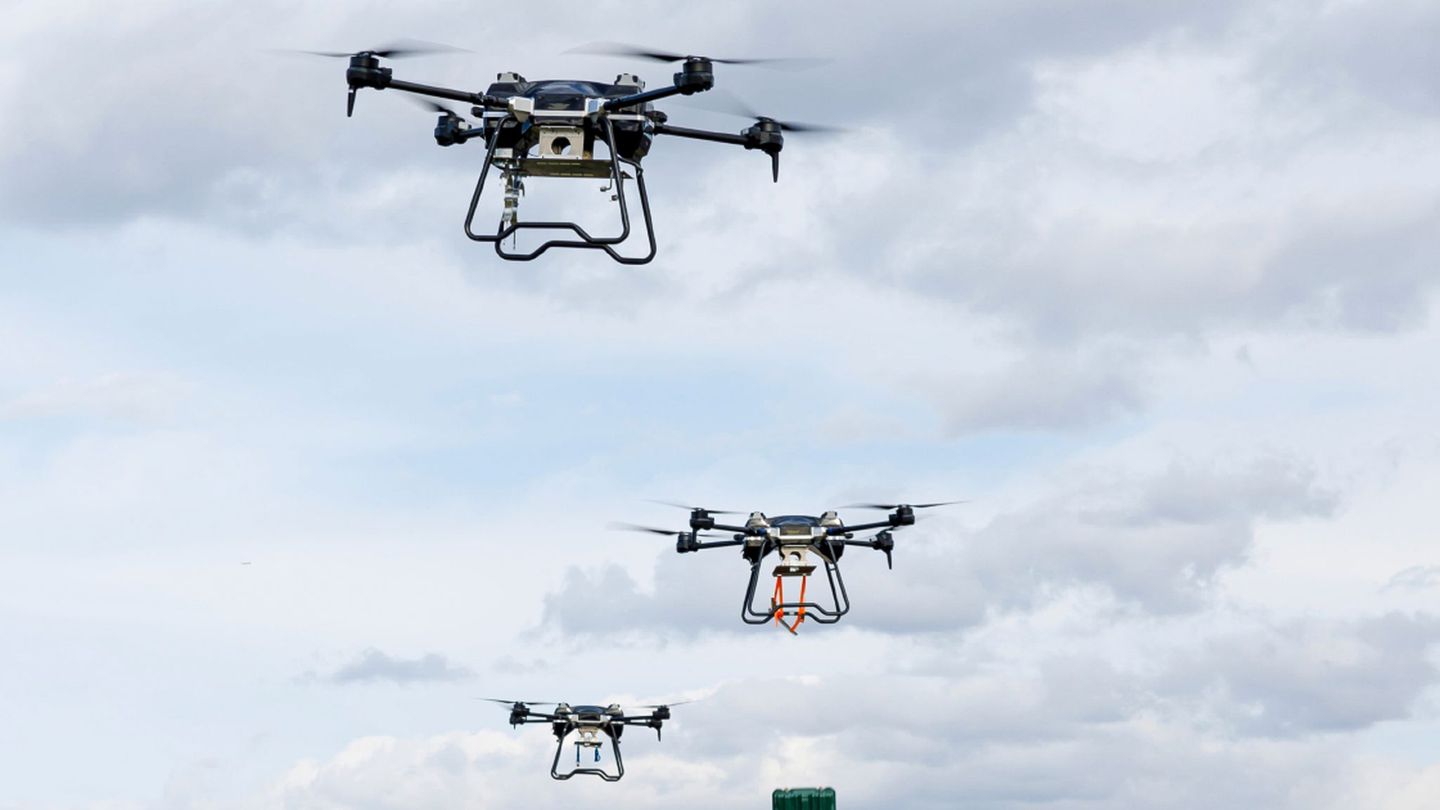In this regard, many received quotas agreed in this month of October, and many others will receive increases in the same way in November. “
The railroads and the UTA (automotive tramways) will execute their review clauses before the end of the year and they will be able to arrive even looser. At the other end, the only union that, most likely, will be below the inflation index, will once again be the state union UPCN, warns the consulting firm that runs Lucas Romero.
October was the month in which the highest number of review clauses were activated. Many unions “managed to seal increases that, annualized, are very close to 50%, This figure is similar to year-on-year inflation (just below), but which, in turn, should be above the accumulated inflation that will be seen in 2021 (just below 50%, according to private estimates) ”.
Among other cases, during this month the branch textile apparel signed reviews bearing your agreement about 55% annually, the plastics signed around the 53%, the UOM (metallurgists) reopened their agreement to take it just above the 50%, AOMA (miners) reviewed around the 48%, and Satsaid (new technologies), the only union that this month signed its annual parity for 2022, signed at 45% but with revisions in the middle of next year.
After the beginning of the year in which the Government set an inflation guideline of 29%, the adjustments agreed in parity were constantly increasing. Thus, from the 30.6% registered by the agreements closed last March, it reached almost 50% (49.4%) in October.
In this sense, the dynamics of wages already reflects the condensation of the parity in the second part of the year: Registered wages increased 3.3% in August, showing a year-on-year increase of 52.3%, according to a report by Ecolatina.
Losers
The latest data corresponding to the survey of salaries paid in the economy carried out by INDEC, reports that in August 2021 total salaries registered an increase of 49.1% compared to August 2020.
The adjustment of the purchasing power of wages can be observed in the increase of items of relative importance such as transportation, food and clothing, which registered a increase in the same period, 62.3%, 52.4% and 53.4%, respectively, points out Martín Calveira, researcher of the IAE Business School, Austral University Business School.
Discounting inflation, total salaries decreased by 2.3% in the period August 2020-August 2021 because retail inflation in that same period was 51.4%, Calveira said.
By disaggregating evolution, “The unregistered private sector once again had a greater real loss because the increase compared to August 2020 was only 35.8%”. On the other hand, the registered private sector showed an interannual evolution of 53% and the salaries of the public sector 50.9%.
Going further back in time, “since the beginning of the confinement, a growth of 55.7% is observed. However, adjusted for inflation in the same period it is -7%, that is, a real adjustment of wages that adds to the fall in GDP and higher unemployment ”.
WAGES GRAPH.png
WAGES GRAPH.png
Source From: Ambito
David William is a talented author who has made a name for himself in the world of writing. He is a professional author who writes on a wide range of topics, from general interest to opinion news. David is currently working as a writer at 24 hours worlds where he brings his unique perspective and in-depth research to his articles, making them both informative and engaging.




